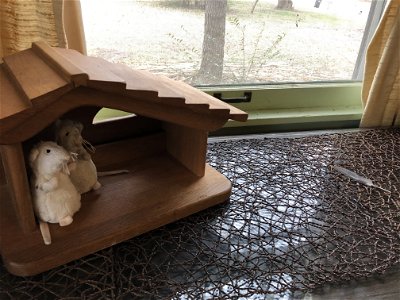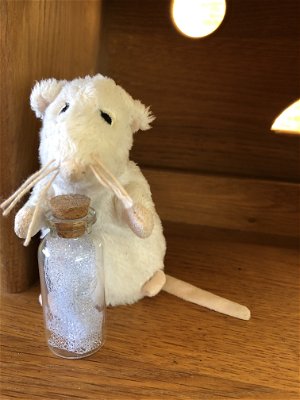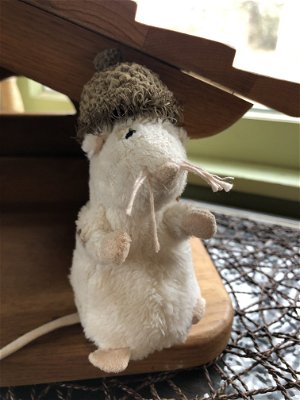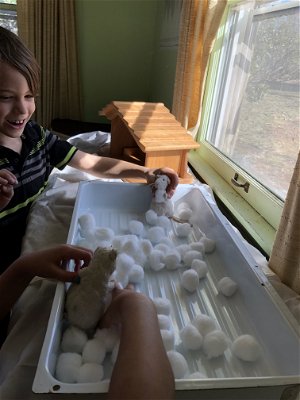Right now my seventh grade student is working on operations with positive and negative numbers. This math topic is often called "integers" but I think throwing this term around is confusing to children because "integers" just means positive numbers, negative numbers, and zero.
Integer is a straight-up Latin word. In Latin it was an adjective that meant "intact, whole, complete." In other words, whole numbers (see graphic). Fractions and decimals need not apply.
It would be nice if we talked about the term "integers" earlier so it didn't coming zinging out of left field in Algebra. It's like how the equals sign means "is the same as" and not "put the answer here." The way that we introduce math concepts and vocabulary early on a child's school experience should set them up for success later on!
Anyway, if you're just beginning to do positive and negative numbers with your child, I want to pass along what Jamie York says about avoiding using a Number Line. A positive and negative bank account balance is a better real-life example and is more concrete and easy for children to understand. (A number line is helpful for coordinate graphing but I wouldn't use it for this.)
The three operations with positive and negative numbers are adding, multiplying, and dividing. There's really no subtracting, because we teach children to now think of subtracting as adding a negative number. 7 - 5 is rewritten as 7 + (-5).
The scoring in golf is also a great real-life example of this, and I highly recommend the
Educational Game: Gnoming A Round for a wonderful introduction to adding positive and negative numbers!

Practicing multiplication and division with positive and negative numbers can be a little more difficult to understand. Here are my recommendations:
First, begin by reviewing fact families.
Fact Families Freebie Multiplication & Division
FREE at TpT
Then, go over the Rules. In my opinion, you should ignore the positive and negative signs, solve the problem as usual, then take the positive and negative signs into account when deciding what the final answer will be.
P x P = P
this one is obvious!
N x N = P
two negatives cancel each other out, like "she doesn't hate blueberries"
P x N = N
N x P = N
is there's cancelling out in this situation? no, so the answer will be negative
Lastly, remind students of the relationship between multiplication and division. This is the reason for practicing fact families first. (I've seen Rules for division, similiar to the Rules for multiplication, but I think there's no need to make it that complicated.
There really aren't two sets of rules.)
Dividing Negative Numbers Guided Notes
FREE at TpT
If the problem is 24 ÷ (-8), I just think to myself, what times negative 8 would give me a positive 24?
3 x 8 is 24. 3 x -8 would be -24.
So, for the 24 to be positive, the answer MUST be -3.
I like doing it this way better because it stregthens so many other skills. It reinforces the multiplication Rules, it doesn't muddy the waters with another set of Rules, it reinforces the basic understandings behind fact families... AND it helps you practice solving for a mystery number and reorganizing the problem in a different way, which are important concepts in Algebra.
Dividing Negative Numbers Worksheet
FREE at TpT (you should do Order of Operations first)


































































 Immersive Experience
Immersive Experience Immersive Experience
Immersive Experience